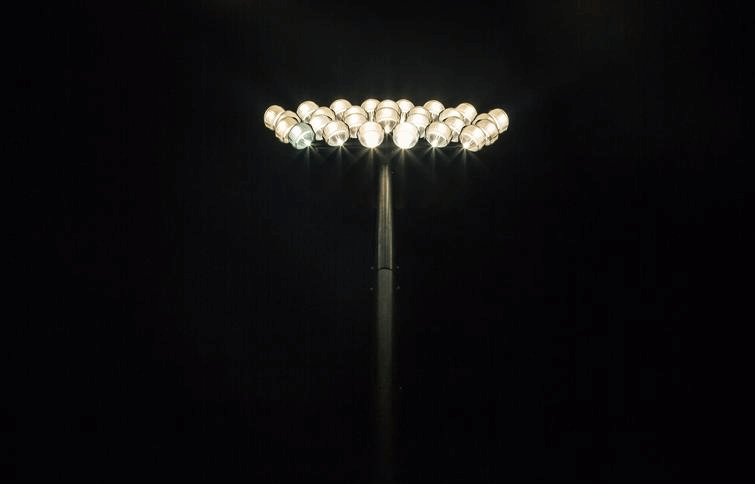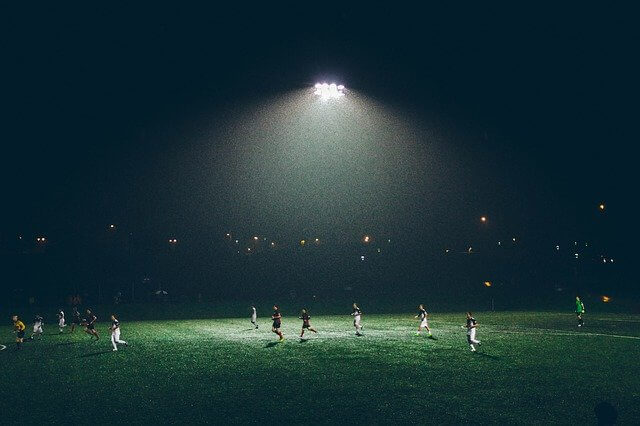When you think of LED lighting, you conjure up images of what Light Emitting Diodes seem to be best at lighting up your TV and smartphone, billboards, and road signs. Including even those modern head and taillights on your car. That’s right: As time goes on, the benefits of LED lighting over the more traditional incandescent, fluorescent, and halogen lighting technologies just keep stacking up.
LED lighting is increasingly loved by design engineers and the world of industry. Because they consume less energy and yet at the same time are more efficient in turning that energy into light. LED lights also last up to six times longer, which slashes replacement costs. And unlike traditional bulbs, repetitive on-off functionality doesn’t wear them out. They instantly turn on. They work better in colder temperatures. The warm and cool color options are endless. They’re eminently dimmable, they’re small, cheap and durable, and they do not emit UV light that can fade or damage nearby surfaces. So when businesses of all stripes are looking to lighten things up, LED simply makes sense (and it’s easy to find out at any reputable distributor i.e., RS Components).
But what about LED flood lights?
On its face, LED floodlights may not seem like a great idea – even though the directional nature of LED is theoretically perfect for even high-intensity light. The problem in the past was the heat, because high-brightness diodes in LED are known for their thermal challenges when it comes to performance at the upper end. However, that is no longer the case – and for that, we can thank the incredible rate of LED technological evolution and innovation.
Therefore, all of those advantages discussed earlier suddenly make it the front-running choice for any application requiring floodlighting: less energy; longer-lasting; more realistic lighting; instantly on; eco-friendly; fully dimmable; low maintenance.

So if you have a business application requiring floodlighting, LED really is the wise choice for the 21st century. Here’s how to make sure you get the right LED floodlights for your purposes:
1. Where?
The range of LED floodlights is growing almost by the day, so to narrow down that choice, the first thing to consider is how the lights will be situated or mounted. It could be a post, a building, a wall, a ceiling, and so on.
2. What angle?
As mentioned earlier, LED light is directional, but that doesn’t mean that the beam’s nature cannot be more or less focused. So whether you’re lighting up one particular spot or an entire area, the beam angle is the next aspect to consider.
3. How will it work?
LED flood light arrays can be designed or programmed to operate in the way you need them to, which could be to switch on at dusk and turn off at dawn. Alternatively, turn on and off depending on the presence of motion.
4. How bright?
The measure of visible light is the lumen – and when considering the brightness of your LED floodlights, it’s important to think about the lumens, not the watts. As a guide, a 300w halogen floodlight is approximately equivalent to a 30w floodlight.
5. What color?
As we also mentioned earlier, the range of color and color temperatures in LED light is also incredibly diverse. This is measured by the Kelvin rating – the higher the Kelvin, the whiter the light.
So for your particular industry, business, or application, it’s clear that long-lasting, energy-efficient and impressively-performing LED is the right choice. As for which specific product, technology variant or features to go for, it’s always best to ask an expert before making an investment that will last and perform for years to come.
loading...
loading...

